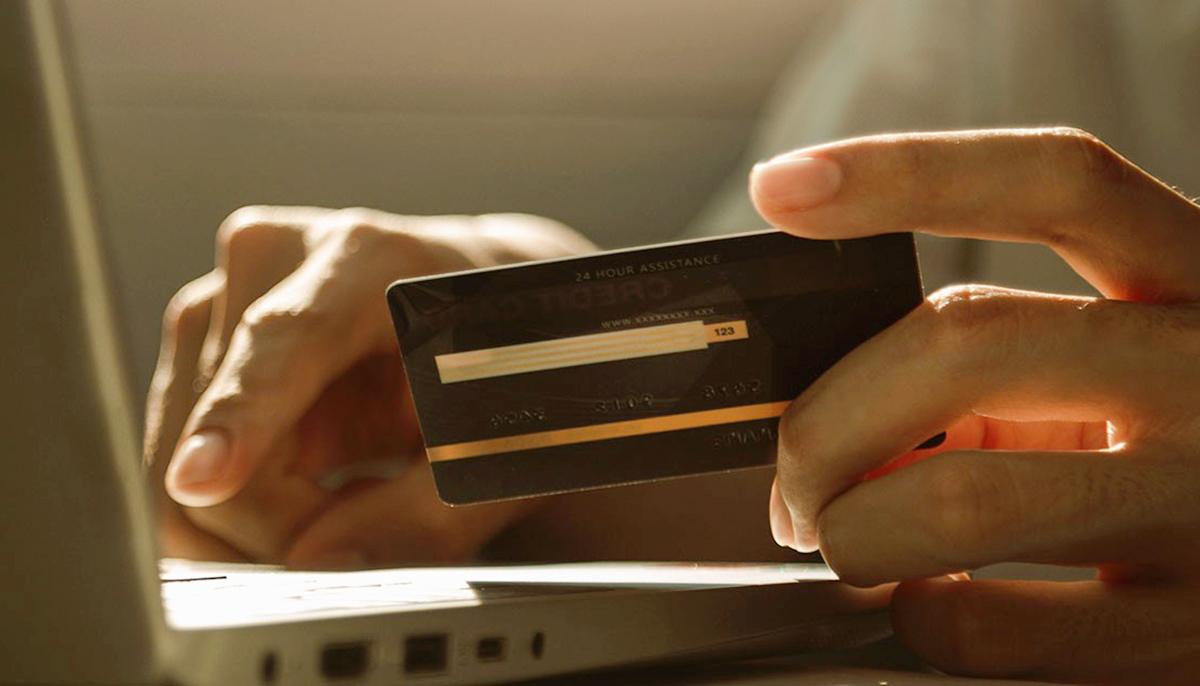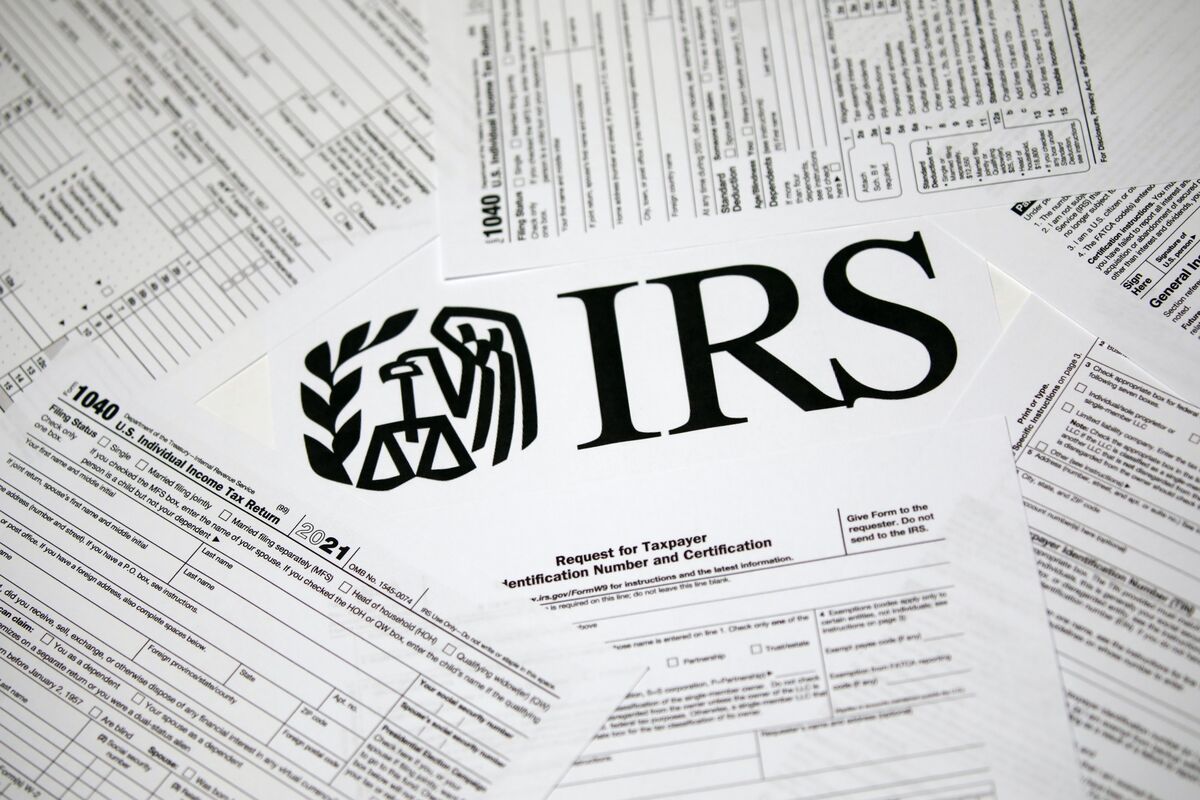

Finance
Where To Sign On A Credit Card
Modified: March 1, 2024
Looking for information on where to sign on a credit card? Explore our finance guide to find out everything you need to know about signing your credit card.
(Many of the links in this article redirect to a specific reviewed product. Your purchase of these products through affiliate links helps to generate commission for LiveWell, at no extra cost. Learn more)
Table of Contents
Introduction
When you receive a new credit card, one of the first things you’ll need to do is sign it. But have you ever wondered why signing your credit card is important? And where should you actually sign it? In this article, we’ll explore the reasons behind signing your credit card and the various options for where to place your signature.
So why is it necessary to sign your credit card? The primary reason is for security purposes. Your signature serves as a verification method to ensure that you are the rightful owner of the card. When you make a purchase, merchants can compare the signature on the card with the one on the receipt to verify your identity. This helps prevent fraudulent transactions and protects both you and the issuer from unauthorized use of the card.
Now that we understand the importance of signing your credit card, let’s consider the question of where to actually sign it. Traditionally, most credit cardholders sign the back of their cards. This placement has become the standard for decades, and it still remains a widely accepted practice. However, with the advancements in card security technology and the rise of contactless payments, some cardholders have started exploring alternative options for signing their cards.
In the next sections, we’ll explore the traditional placement of the signature on the back of the card and the alternative placement on the front. We’ll also discuss other considerations you should keep in mind when signing your credit card, such as the legibility of your signature and the possible impact on card design. By the end of this article, you’ll have a better understanding of where to sign your credit card, enabling you to confidently use your card in a secure manner.
Why Do You Need to Sign Your Credit Card?
Signing your credit card may seem like a simple and insignificant task, but it serves a crucial purpose: establishing the validity and ownership of the card. Let’s delve into the reasons why signing your credit card is necessary.
1. Security: Your signature on the back of the credit card acts as a security measure to help protect you from unauthorized use. When you make a purchase, merchants can compare the signature on the card with the one on the receipt or payment slip to ensure that you are the genuine cardholder. This verification process helps prevent fraudulent transactions and adds an extra layer of security.
2. Identity verification: By signing your credit card, you provide a visual confirmation of your identity to the merchant or the payment terminal. This is particularly important in situations where a physical inspection of the card is required, such as when using it for in-person transactions or when asked for identification by a merchant. Your signature acts as proof that you are the legitimate owner of the credit card.
3. Legal protection: Putting your signature on the card can provide legal protection in case of credit card disputes or fraudulent activity. If your card is lost or stolen and unauthorized transactions occur, your signature serves as evidence that you did not authorize those transactions. It can be helpful when resolving disputes with the credit card issuer or dealing with law enforcement in the event of fraudulent use.
4. Compliance with merchant policies: Many merchants and establishments have policies that require customers to sign their credit cards before using them. By signing your card, you ensure compliance with these policies and can avoid potential issues or delays during the purchasing process.
While the world of payment methods is evolving, and contactless payments and digital wallets are becoming more prevalent, it’s important not to overlook the significance of signing your physical credit card. Even if you primarily use mobile payments, having a signed credit card as a backup can be beneficial in case of situations where digital payment methods are unavailable or encounter technical issues.
By signing your credit card, you are contributing to the overall security and legitimacy of the payment process. It’s a simple yet crucial step that should not be overlooked, ensuring a smoother and more protected experience when using your credit card for transactions.
Where Should You Sign Your Credit Card?
Now that we understand the importance of signing your credit card, let’s explore the different options for where to place your signature. The two primary placements are the traditional back of the card and the alternative front of the card. Let’s examine both options:
1. Traditional Placement: Back of the Card
The most common and traditional location for signing credit cards is on the back. Turn your card over, and you’ll typically find a designated area with a signature strip. This strip is specifically meant for your signature. It’s usually white or light-colored, providing a contrast to make your signature more visible.
When signing on the back of the card, it’s important to use a permanent ink pen, such as a ballpoint pen, rather than a pencil or erasable pen. A permanent ink signature is less likely to smudge or fade over time, ensuring the longevity and legibility of your signature.
2. Alternative Placement: Front of the Card
In recent years, an alternative trend has emerged where cardholders choose to sign the front of their credit cards instead of the back. This placement is often preferred by those who prioritize convenience and want their signature to be immediately visible during transactions.
If you decide to sign the front of your credit card, it’s important to be mindful of the card design and any security features present. Make sure your signature does not interfere with important information, such as the cardholder’s name, the card number, or any holograms or security emblems. It’s recommended to sign in a clear space away from these elements to maintain card functionality and security.
Ultimately, the decision of where to sign your credit card comes down to personal preference. Some people prefer the traditional placement on the back, while others opt for the convenience of signing on the front. Regardless of the chosen placement, the key is to ensure that your signature is clear, legible, and consistent with the signature you use on official documents.
Remember, the purpose of signing your credit card is to establish its validity and ownership. So choose a placement that you are comfortable with, ensuring that your signature is easily recognizable and serves its intended purpose during transactions.
Traditional Placement: Back of the Card
The traditional placement for signing credit cards is on the back. When you flip your credit card over, you’ll typically find a designated area where you can sign. This area is usually a white or light-colored strip, specifically intended for your signature.
Why has the back of the card been the traditional placement for signing? It has been the standard practice for decades, and it remains widely accepted by merchants. Placing the signature on the back makes it easily visible during transactions, as merchants can quickly check the signature against the one on the receipt or payment slip.
When signing on the back of the card, there are a few considerations to keep in mind:
- Use permanent ink: It’s essential to use a permanent ink pen, such as a ballpoint pen, when signing the back of your credit card. Permanent ink ensures that your signature remains visible and does not smudge or fade over time. Avoid using pencils or erasable pens, as they may lead to a faint or smudged signature.
- Write clearly and legibly: Take your time when signing your name on the back of the card. Aim for a clear and legible signature that closely resembles the one you use on official documents. Avoid rushed or careless signatures to ensure that your identity can be verified without difficulty.
- Stay within the designated area: When signing the back of the card, make sure your signature stays within the designated area provided. Avoid overlapping other elements on the card, such as the magnetic strip or any additional text. Keeping your signature within the specified area helps prevent interference with card functionality.
Signing the back of your credit card in the traditional placement remains a reliable choice. The familiarity and acceptance of this placement make it a convenient option for most cardholders. However, it’s worth considering alternative options, especially if you prioritize immediate visibility of your signature during transactions.
Next, we’ll explore an alternative placement for signing credit cards: the front of the card. This unconventional approach has gained popularity in recent years and provides its own set of advantages and considerations.
Alternative Placement: Front of the Card
While the traditional placement for signing credit cards is on the back, an alternative trend has emerged, with some cardholders choosing to sign the front of their cards instead. Signing the front of the card provides immediate visibility of your signature during transactions, eliminating the need for merchants to flip the card over to verify your signature.
If you decide to sign the front of your credit card, there are a few important considerations to keep in mind:
- Choose a clear area: When signing on the front of the card, it’s crucial to select a clear area where your signature won’t interfere with essential information. Avoid signing over the cardholder’s name, the card number, or any holograms or security emblems. Signing in a clear space allows for easy recognition of your signature without obstructing important details.
- Use a fine-tip permanent marker: To ensure legibility and longevity, it’s recommended to use a fine-tip permanent marker when signing the front of your credit card. The fine tip helps create a clear and precise signature, while the permanent ink prevents smudging or fading over time.
- Be consistent with your signature: Whether you choose to sign on the back or the front of the card, consistency is key. Ensure that your signature on the front matches the one you use on official documents. Consistency aids in verifying your identity during transactions and minimizes any confusion or discrepancy that may arise.
The decision to sign the front of your credit card is a personal choice based on convenience and preference. While it deviates from the traditional placement, it can offer a streamlined and efficient process during transactions, particularly in situations where speed is essential.
It’s worth noting that not all credit card designs and issuers may be open to the alternative placement of the signature on the front of the card. Some cards have specific instructions or restrictions regarding where the signature should be placed. Be sure to review any guidelines provided by your credit card issuer before opting for the alternative front placement.
Ultimately, whether you choose the traditional placement on the back or the alternative placement on the front, the goal is to have a clear and recognizable signature that adds an extra layer of security to your credit card.
Next, we’ll discuss additional considerations you should keep in mind when signing your credit card.
Other Considerations for Signing Credit Cards
When it comes to signing your credit card, there are a few additional considerations that can further enhance the security and usability of your card. Let’s explore these factors:
- Legibility of your signature: It’s crucial to ensure that your signature is legible when signing your credit card. A clear and recognizable signature helps merchants verify your identity during transactions and prevents any confusion that may arise from illegible signatures. Practice signing your name in a way that strikes a balance between legibility and consistency.
- Consistency with official documents: Your signature on your credit card should mirror the one you use on official documents, such as your driver’s license or passport. Consistency allows for easier verification of your identity and helps prevent any discrepancy or suspicion that may arise if your signatures differ significantly.
- Protect your signature: While signing your credit card is necessary for security reasons, it’s important to take precautions to protect your signature from potential misuse. Avoid displaying your credit card publicly or leaving it unattended, as it could provide an opportunity for someone to create a fraudulent signature. Additionally, be cautious when sharing images of your credit card online or through digital platforms to avoid exposing your signature.
- Report lost or stolen cards: If your signed credit card is lost or stolen, it’s crucial to report it to your credit card issuer immediately. Prompt reporting helps protect you from unauthorized use of your card and ensures that appropriate measures can be taken to minimize any potential damage or fraudulent activity.
- Consider card design: Before signing your credit card, take a moment to consider the design and any security features it may have. Some cards include holograms, raised lettering, or embossed elements that should not be covered by your signature. Ensure that your signature does not obstruct or interfere with any of these design elements, as they play a role in verifying the authenticity of the card.
By keeping these considerations in mind, you can maximize the security and usability of your credit card signature. Remember that the primary goal of signing your credit card is to establish its validity and ownership, providing added protection against unauthorized use.
Now that we’ve covered the various considerations for signing your credit card, let’s summarize the key points and conclude our discussion.
Conclusion
Signing your credit card is a fundamental step in establishing its validity and ownership. Whether you choose the traditional placement on the back or the alternative placement on the front, the goal is to have a clear and recognizable signature that adds an extra layer of security to your card.
The act of signing your credit card serves multiple purposes, including identity verification, legal protection, compliance with merchant policies, and overall security. Your signature acts as a verification method, allowing merchants to match it with the one on the receipt or payment slip to ensure that you are the rightful owner of the card.
Considering the traditional placement on the back of the card, it remains a widely accepted practice that has stood the test of time. However, the alternative placement on the front has gained popularity for its immediate visibility during transactions. Whichever placement you choose, it’s essential to use a permanent ink pen, write clearly, and stay within the designated area.
As you sign your credit card, remember to consider the legibility of your signature, be consistent with your signature across official documents, protect your card from loss or theft, and take into account any design elements or security features present on your card.
By paying attention to these considerations, you can confidently use your credit card, knowing that your signature adds an extra layer of protection and helps minimize fraudulent use.
So, the next time you receive a new credit card, take a moment to carefully sign it in the appropriate placement. Your signature plays an essential role in safeguarding your financial transactions and ensuring the security of your credit card.














